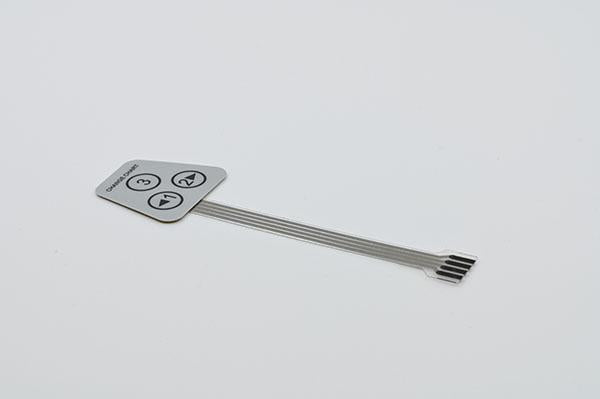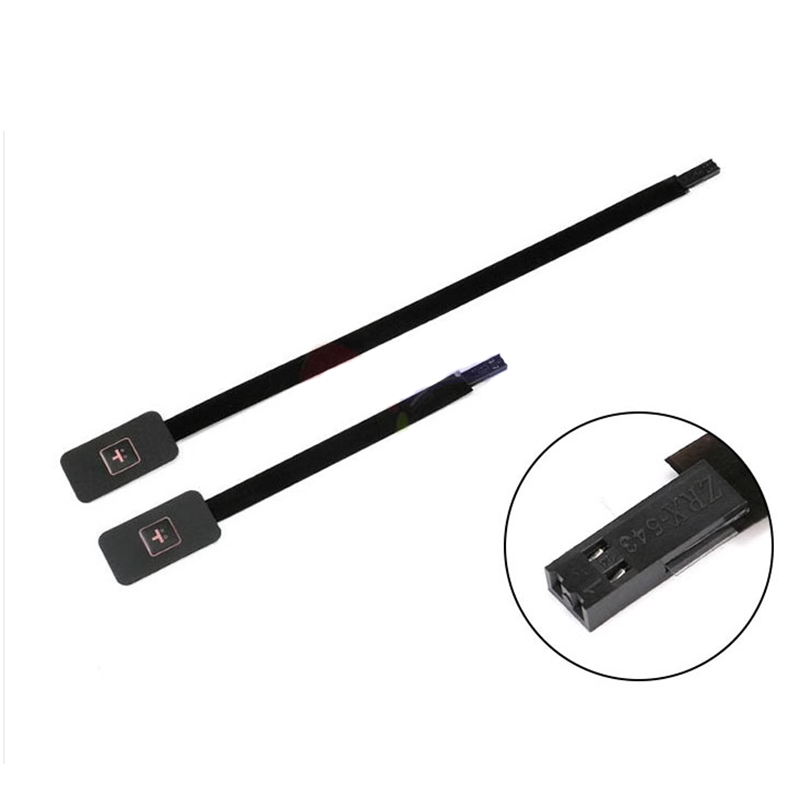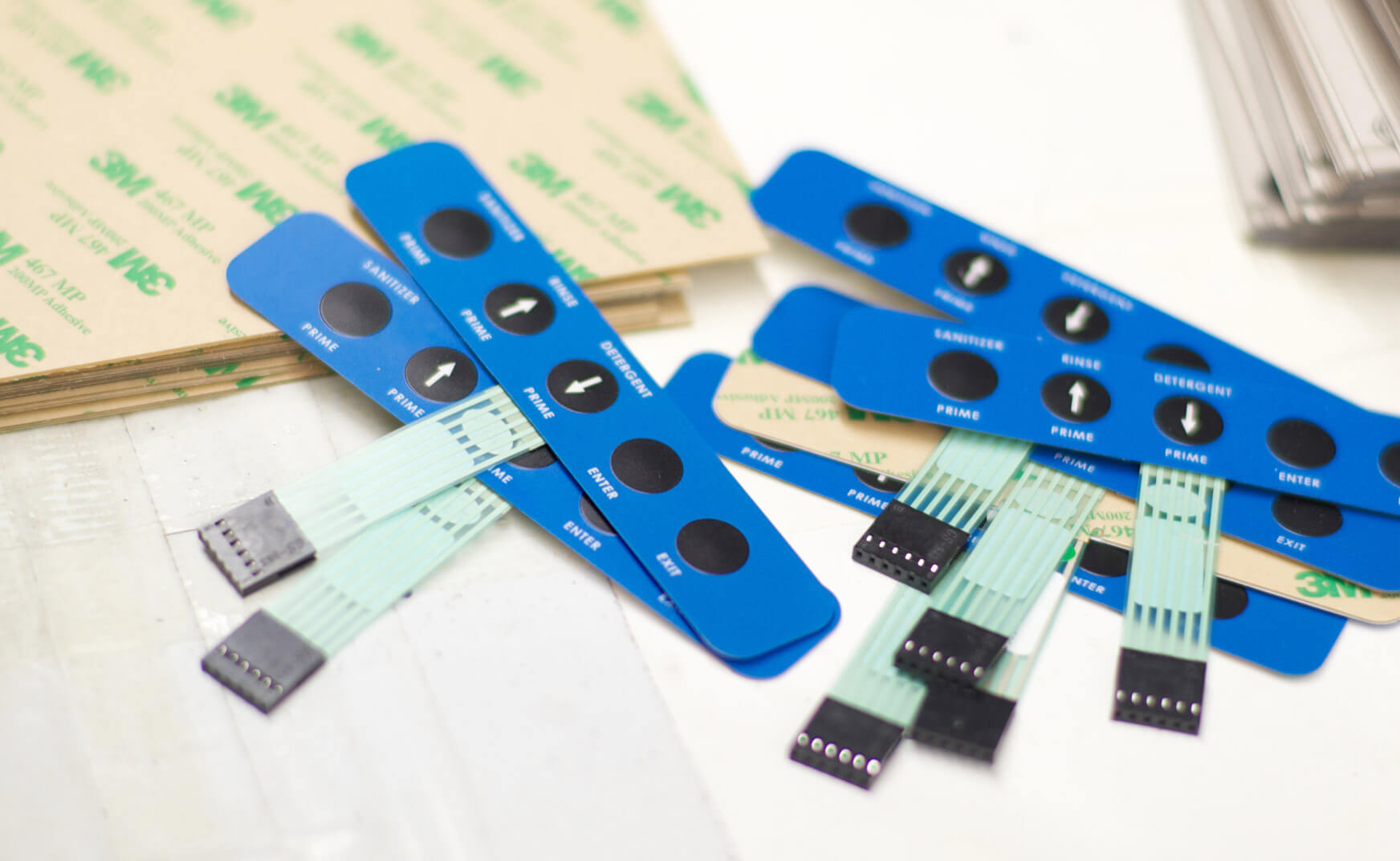The Main Benefits of Using Membrane Switches in Industrial Applications
The Main Benefits of Using Membrane Switches in Industrial Applications
Blog Article
Membrane Change Modern Technology: The Trick to Reputable and Economical User Interfaces
Membrane layer button modern technology has actually emerged as a critical component in the layout of customer interfaces, providing both reliability and cost-effectiveness throughout a varied range of applications. As we discover the complex benefits of membrane layer buttons, their capacity for development raises questions about future applications and evolving trends.
Recognizing Membrane Layer Change Technology
Membrane switch innovation is a commonly used interface solution in various digital gadgets, providing a seamless blend of performance and layout. This modern technology incorporates multiple layers of products, generally including a graphic overlay, spacer layer, and a circuit layer. The graphic overlay presents the interface elements, while the spacer layer divides the circuit layer from the overlay up until an individual turns on a button.
When pressure is related to the overlay, the circuit layer finishes the electrical circuit, sending out a signal to the tool. This system enables numerous setups, including responsive feedback and backlighting alternatives, enhancing user interaction. Membrane buttons are normally produced making use of durable products such as polyester or polycarbonate, ensuring long life and resistance to environmental variables like moisture and dirt.
The flexibility of membrane changes enables their application in diverse sectors, including clinical devices, customer electronic devices, and industrial controls. Their portable design permits for integration right into space-constrained environments, providing an effective user interface without jeopardizing visual appeal. Comprehending the intricacies of membrane switch modern technology is important for suppliers and designers seeking to produce reliable and efficient human-machine user interfaces.
Key Advantages of Membrane Layer Switches
While numerous interface remedies exist, membrane layer changes deal distinct advantages that make them a favored selection in numerous applications. One of the main advantages is their longevity; membrane layer buttons are made to stand up to rough ecological conditions, consisting of dampness, dirt, and temperature fluctuations, making sure durable efficiency. This resilience dramatically reduces the need for regular replacements, consequently decreasing total upkeep prices.

Furthermore, membrane switches are lightweight and small, making them appropriate for applications where space is limited. Their inconspicuous layout contributes to a smooth appearance without compromising functionality.
Cost-effectiveness is additionally a remarkable advantage, as the manufacturing procedure for membrane layer changes tends to be cheaper contrasted to standard mechanical switches. This price, combined with their reliability and ease of installment, placements membrane layer changes as a practical remedy for a large range of markets looking for effective and effective explanation interface.
Applications Across Numerous Industries
Exactly how do membrane buttons adjust to the diverse requirements of different sectors? Membrane switch innovation is significantly recognized for its adaptability, making it ideal for a wide range of applications throughout multiple industries.
In customer electronic devices, membrane layer switches offer a compact service for push-button controls and home appliances, improving customer experience via intuitive design. Furthermore, the commercial field leverages membrane layer buttons for machinery control panels, taking advantage of their resistance to extreme settings, such as dampness and dirt.
Army and aerospace applications likewise make use of membrane layer switches for their reliability and ability to withstand extreme conditions, guaranteeing operational effectiveness in important scenarios. In addition, the food and beverage sector embraces these switches for automated systems, where sanitation and ease of operation are paramount. Eventually, membrane switches are customized to fulfill the distinct demands of each market, showing their vital function in modern technology user interfaces
Layout and Modification Choices

In the realm of membrane layer switch modern technology, layout and customization choices play a pivotal duty in improving functionality and customer interaction. These switches can be tailored to meet details functional requirements and aesthetic choices, making them flexible parts in various applications.
Among the primary modification choices is the layout of the button itself, which can be created to accommodate unique interface and ergonomic considerations. By readjusting the shape, dimension, and plan of buttons, makers can create instinctive designs that assist in ease of usage. Furthermore, the incorporation of various colors and visuals overlays enables branding and enhanced visibility, making sure that users can rapidly identify features.
Moreover, membrane layer switches can be crafted with different responsive responses devices, such as elevated buttons or audible clicks, to boost the user experience. Various products can also be picked for sturdiness and environmental resistance, attending to factors such as wetness, temperature level variations, this article and chemical exposure.
Eventually, the comprehensive style and modification options offered in membrane layer button innovation empower services to develop customized solutions that not only satisfy useful needs but likewise line up with their branding and functional demands.

Future Patterns in Membrane Layer Buttons
As membrane layer button technology continues to progress, future fads are increasingly focused on improving individual experience and incorporating advanced performances. One considerable fad is the assimilation of touch-sensitive and capacitive technologies into conventional membrane switches. This advancement enables read the full info here even more intuitive interface, offering tactile comments while preserving a smooth layout.
Another emerging trend is the use of eco-friendly products, driven by the growing need for lasting manufacturing methods. Manufacturers are seeking to reduce their carbon impact by making use of recyclable substrates and low-impact inks, straightening with worldwide sustainability goals.
In addition, the surge of the Web of Things (IoT) is prompting the unification of wise functions right into membrane buttons. Enhanced connectivity choices will make it possible for gadgets to interact with each other, allowing for smooth assimilation into wider systems.
Additionally, improvements in printing technologies, such as digital printing, are enabling for greater style flexibility and customization. This allows manufacturers to create elaborate designs and vivid colors cost-effectively.

Final Thought
Finally, membrane button technology represents a vital advancement in interface style, offering significant benefits in durability, modification, and cost-effectiveness. Its widespread applicability throughout diverse industries emphasizes its relevance in contemporary innovation. As advancements remain to arise, especially in touch-sensitive interfaces and lasting materials, the possibility for membrane changes to improve individual experience and functionality stays promising. Continued exploration of this technology will likely generate additionally renovations and widen its scope in future applications.
Report this page